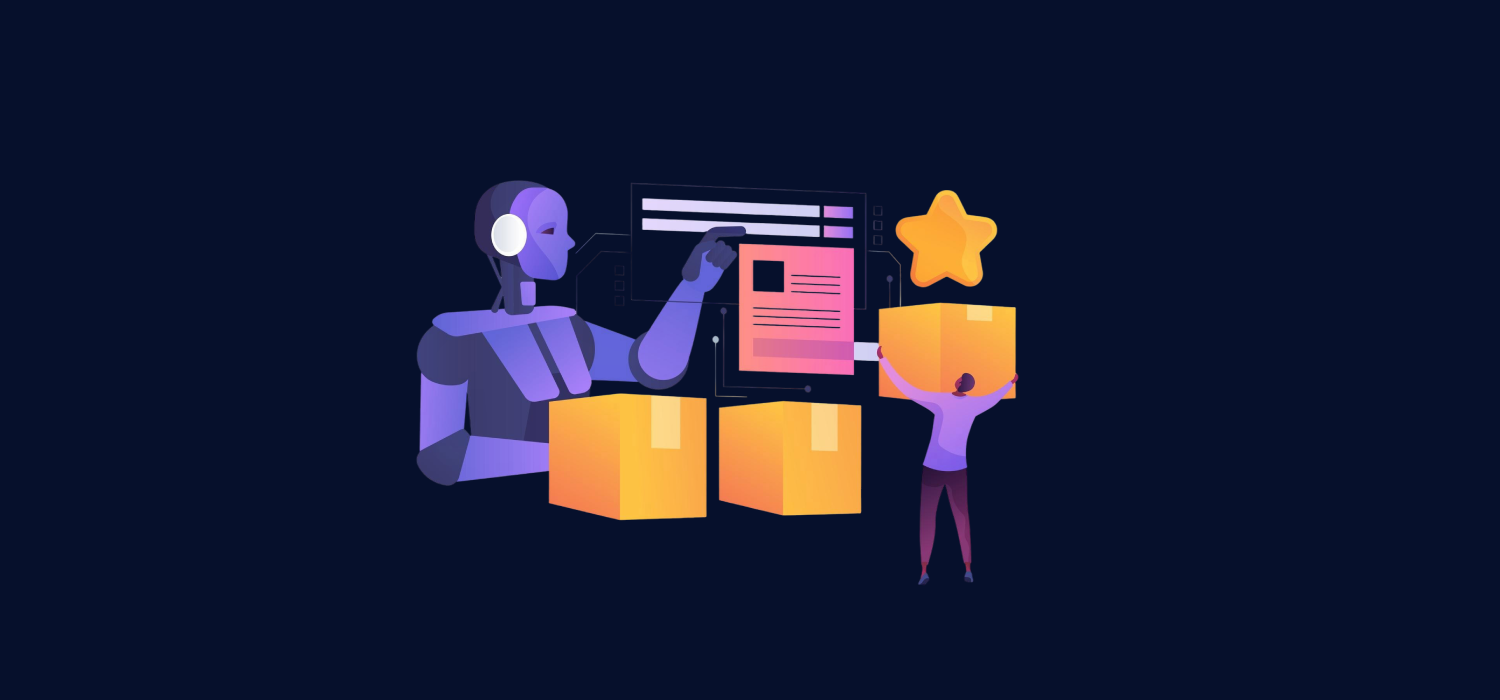The Ultimate Guide to Integrating AI and RPA in Supply Chain Management
AI in supply chain management refers to systems that analyze vast datasets to predict outcomes and optimize operations. These tools process information from suppliers, warehouses, and transportation networks to identify patterns that humans might overlook. For instance, AI algorithms can forecast demand by examining market trends and historical orders, ensuring inventory levels align with actual needs.
Under this umbrella, machine learning models refine predictions over time, adapting to new variables like seasonal shifts or supplier delays. Natural language processing enables AI to interpret unstructured data, such as emails from vendors or customer feedback, turning them into actionable insights.
What is the Role of RPA in Supply Chain?
RPA in supply chain involves software bots that mimic human actions to handle repetitive tasks. These bots automate data entry, invoice processing, and order fulfillment without needing complex programming. In practice, RPA streamlines workflows by extracting information from emails, updating databases, and generating reports automatically.
Key Functions of RPA
- Order Processing: Bots verify order details against inventory systems and trigger shipments.
- Inventory Management: They reconcile stock levels across multiple locations in real-time.
- Compliance Checks: RPA ensures documents meet regulatory standards by cross-referencing rules.
Unlike traditional automation, RPA integrates with existing software without overhauling systems, making it accessible for organizations of varying sizes.
The global RPA market is forecasted to expand significantly, from $18.18 billion in 2024 to approximately $72.64 billion by 2032, growing at an impressive CAGR of 18.2%. (Fortune Business Insights, 2025)
How Does AI and RPA Integration Work?
AI and RPA integration combines the decision-making power of AI with the execution efficiency of RPA. AI analyzes data to generate insights, while RPA implements those decisions through automated actions. This synergy creates intelligent automation where bots not only perform tasks but also adapt based on AI-driven recommendations.
To achieve this, start by mapping processes: Identify repetitive tasks suitable for RPA and analytical needs for AI. Then, connect the two via APIs or middleware that allow data flow between systems.
| Aspect | AI Contribution | RPA Contribution | Integrated Outcome |
| Data Handling | Predicts anomalies in supplier performance | Extracts and inputs data from forms | Proactive adjustments to orders |
| Decision Making | Evaluates risks in logistics routes | Executes approved changes in schedules | Reduced delays through automated rerouting |
| Reporting | Generates insights from trends | Compiles and distributes reports | Timely, accurate visibility for teams |
Steps for implementation include:
- Assessing current workflows to pinpoint integration points.
- Selecting compatible tools that support both technologies.
- Testing in phases to minimize disruptions.
- Monitoring performance to refine the setup.
What Applications Does Artificial Intelligence Have in Logistics?
The global AI market, valued at approximately USD 279.22 billion in 2024, is expected to surge to around USD 1,811.75 billion by 2030, reflecting remarkable growth potential. (Garden View Research)
Artificial Intelligence in logistics optimizes the movement and storage of goods. AI-powered route planning considers real-time factors like traffic and weather to select efficient paths. In warehouse operations, AI directs robotic arms for picking and packing, reducing errors.
Predictive maintenance is another application: AI monitors equipment sensors to anticipate failures, scheduling repairs before breakdowns occur. For demand sensing, AI integrates external data sources, such as social media signals, to adjust logistics strategies dynamically.
Specialized Uses
- Fleet Management: AI algorithms allocate vehicles based on load and destination priorities.
- Customs Clearance: Processes documentation by recognizing patterns in trade regulations.
- Sustainability Tracking: Evaluates carbon footprints of routes to promote greener options.
These applications ensure logistics remain responsive to global changes.
How Can Robotic Process Automation Strengthen Supply Chain Operations?
Robotic Process Automation in supply chain fortifies operations by automating backend processes that often bottleneck efficiency. RPA handles procurement by automating supplier bids evaluation and contract renewals. In customer service, bots manage inquiries and track shipments, freeing human agents for complex issues.
Integration with enterprise resource planning systems allows RPA to synchronize data across departments seamlessly. For example, when a shipment delay occurs, RPA can notify stakeholders and update records without manual intervention.
Advanced setups incorporate cognitive RPA, where bots learn from past actions to improve future performance. This evolves supply chain operations from reactive to anticipatory models.
Conclusion
Integrating AI and RPA transforms supply chain management into a cohesive, intelligent ecosystem. By leveraging AI for insights and RPA for action, organizations achieve streamlined processes that adapt to challenges. This approach not only automates routines but also fosters innovation in logistics and operations. As technologies evolve, their combined potential will continue to redefine efficiency in global supply networks.
FAQs
What distinguishes AI from RPA in supply chain contexts?
AI enhances decision-making by analyzing data and predicting outcomes, while RPA automates repetitive, rule-based tasks, together improving accuracy, speed, and overall operational efficiency.
Can small businesses implement AI and RPA integration?
Yes, small businesses can start with scalable, cloud-based AI and RPA tools, adopting automation gradually to reduce costs, improve productivity, and enhance process accuracy without heavy upfront investments.
How does this integration impact workforce roles?
By automating repetitive tasks, employees can focus on higher-value activities such as strategy, problem-solving, and innovation, fostering a more skilled, analytical, and future-ready workforce.
What challenges arise during AI and RPA setup?
Businesses often face data integration hurdles, compatibility issues, and employee training needs; however, structured planning and expert implementation help ensure smoother deployment and sustainable adoption.
Are there specific industries benefiting most from this?
Manufacturing, retail, logistics, and e-commerce gain the most, using AI for forecasting and RPA for inventory or order processing, resulting in faster workflows and reduced operational costs.

 contact
contact

 By
By 


